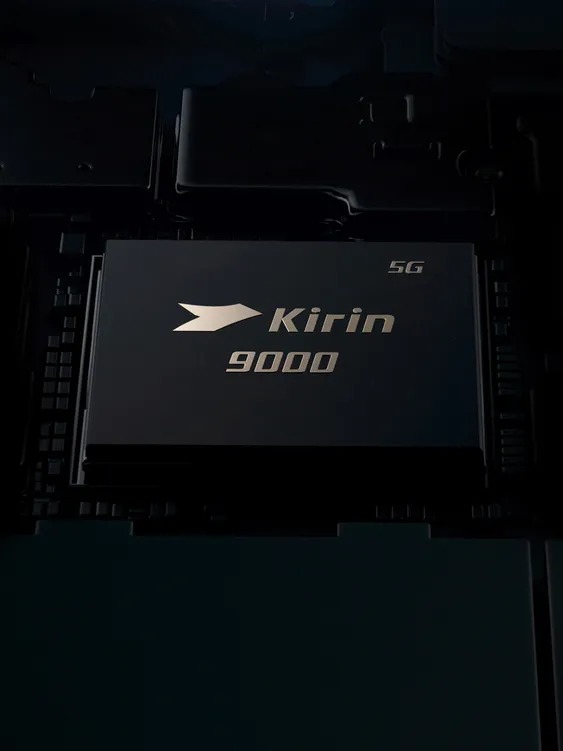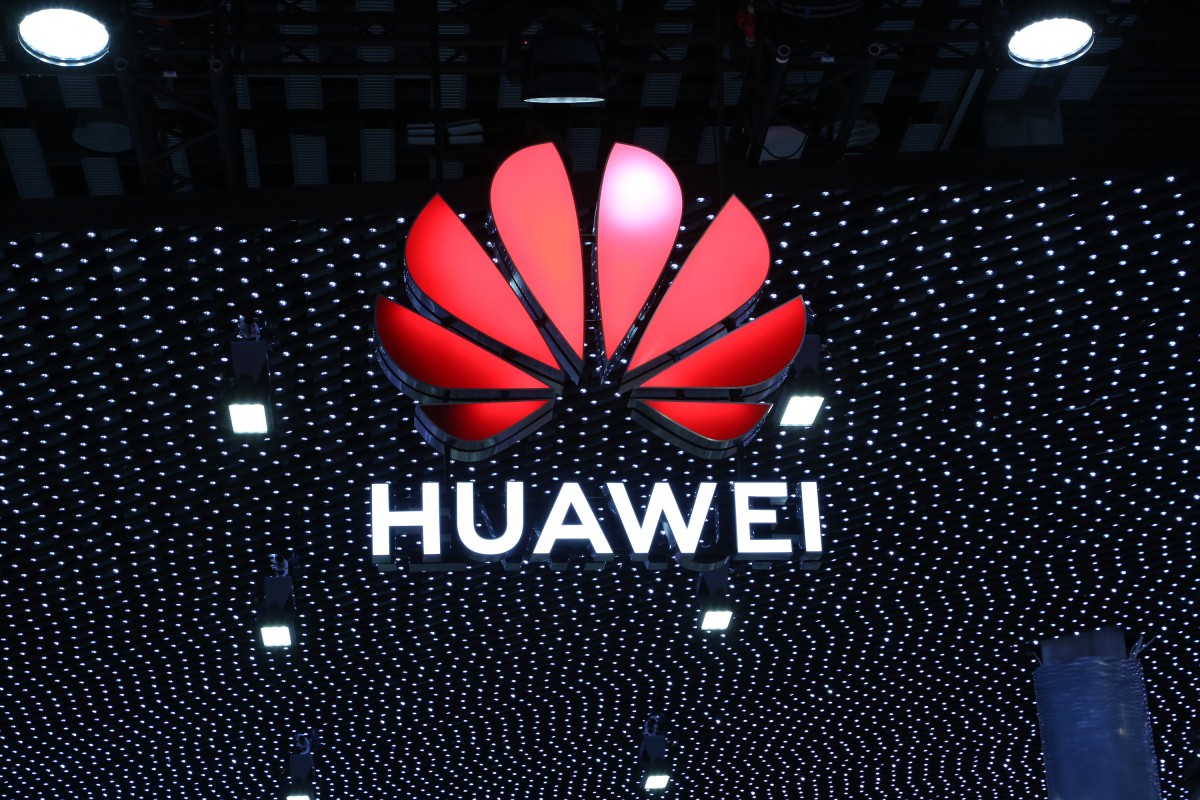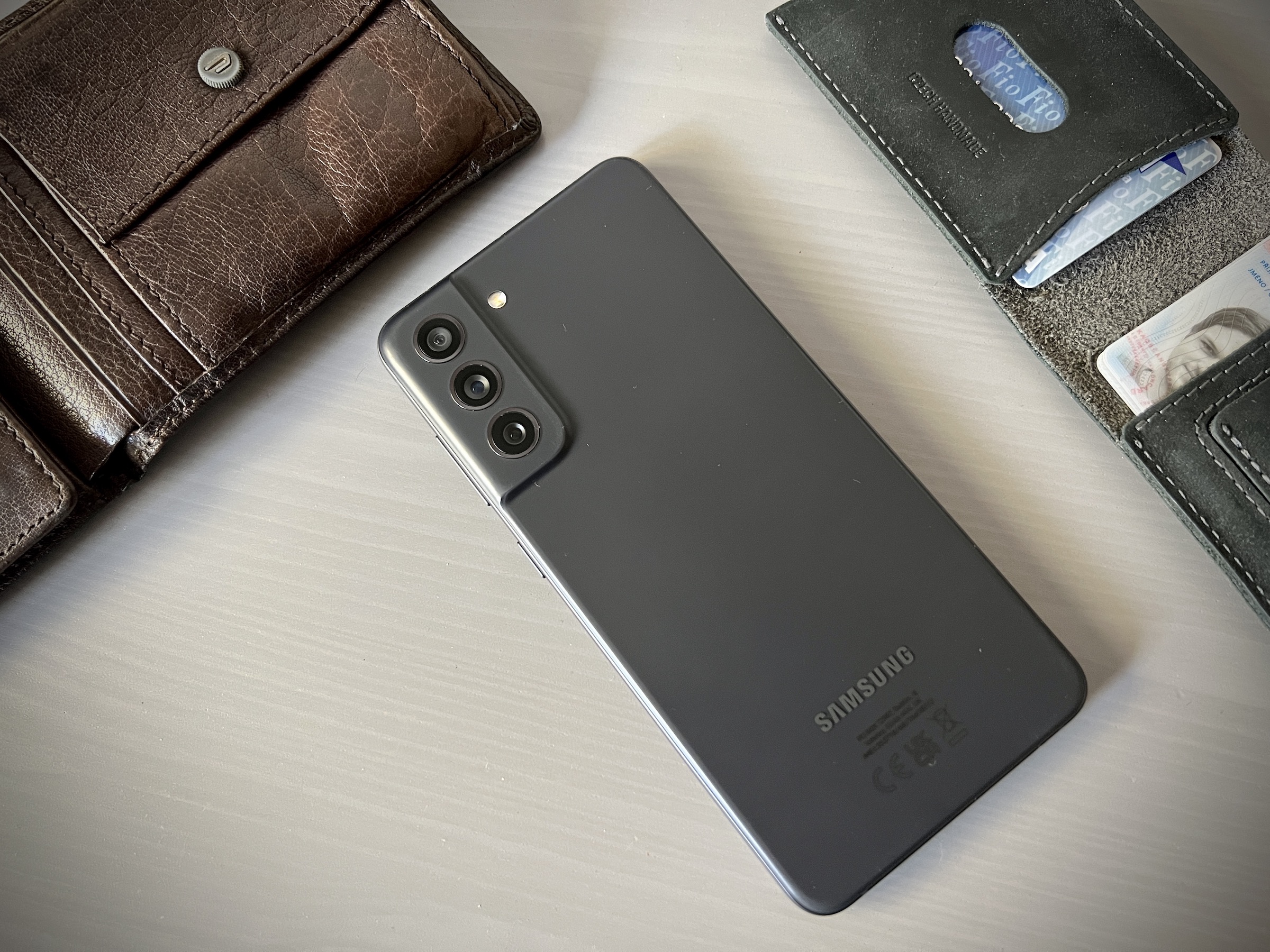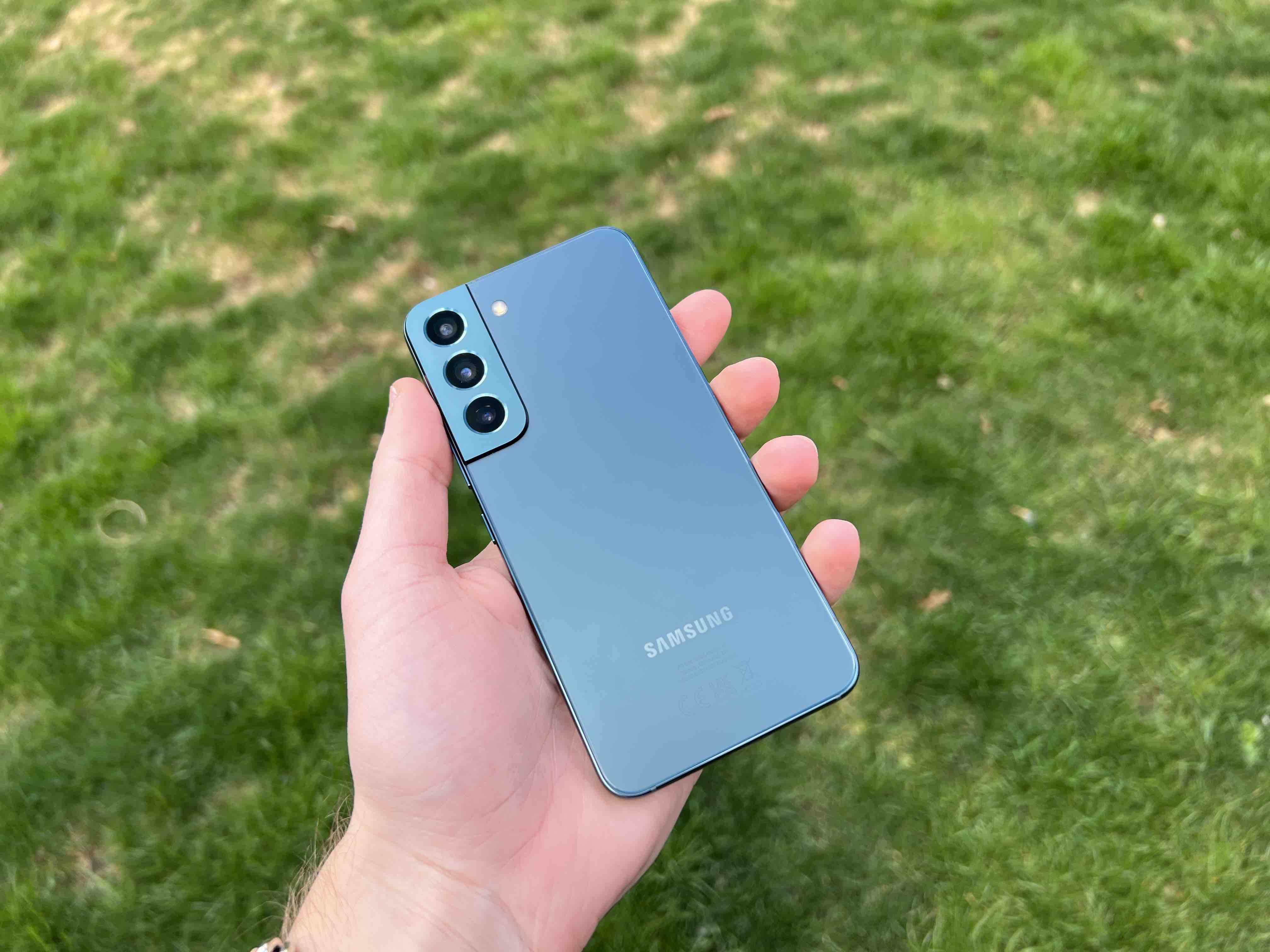Huawei has been using its own Kirin chips in its smartphones for a long time. These could once be equal to some of the best sellers androidof flagships, but the situation was fundamentally changed by the American sanctions on Huawei a few years ago. Now it looks like these chips won't be making a comeback, at least in the near future.
Some reports in the past few weeks have suggested that Kirin chips could return next year as they are said to be in the final stages of production. However, Huawei has now refuted these reports, saying that it has no plans to launch any new mobile processor in 2023.
The US sanctions imposed on Huawei were not limited to its access to Androidua in the Google Play store, which could be solved with its own version, at least for its home market (and it also happened, see the HarmonyOS system and the AppGallery application store). It was hurt the most by being cut off from ARM, specifically its microprocessor architecture, which is a key part of mobile processors (and now even laptops). Without these basic technologies needed to make chips, Huawei has very limited options.
The one-time smartphone giant will have to reuse some of the older Kirins that it still has a license for. His other option is to stick with Qualcomm chips that don't support 5G networks. He resorted to the second solution with the recently introduced Mate 50 series, after Qualcomm secured permission from the US government to sell it at least its 4G processors.
You could be interested in

None of these solutions are ideal. In both cases, Huawei smartphones will lag behind the competition, as the lack of 5G support is a serious weakness today. However, until he can figure out a way to solve the chip manufacturing situation, he has no other options.











